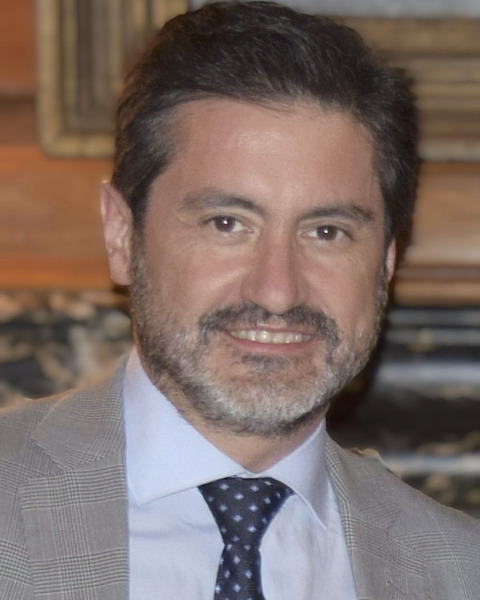Fetus
Poster Session 4
(999) Proof-of-concept testing of vascular closure devices for use in fetal surgery

Braxton Forde, MD
Assistant Professor
University of Cincinnati Medical Center
Cincinnati, OH, United States- SM
Samuel Martin, BS
Cincinnati Children's Hospital Medical Center
Cincinnati, OH, United States - MO
Marc Oria, PhD
Assistant Professor
University of Cincinnati College of Medicine
Cincinnati, OH, United States - JK
Jordan Kapke, MD
Wisconsin Radiology Specialists
Milwaukee, WI, United States 
Jose L. Peiro, MD, PhD
Professor Surgery - Director Fetal Care Center
Cincinnati Children's Hospital Medical Center
Cincinnati, OH, United States
Primary & Presenting Author(s)
Coauthor(s)
Study Design:
This IRB and IACUC-exempt study utilized sheep undergoing cesarean delivery for other research purposes. At the time of cesarean, size 12 French Checkflo® were inserted in different approaches: (1) Seldinger technique, (2) Seldinger technique insertion of Checkflo® cannula and subsequent use of the Abbott Perclose® device to suture the port site after check flow removal, (3) Abbott Perclose® device utilized in what is described as a “pre-close” technique, where prior to catheter placement, trans-uterine trans-amniotic stitches are placed and the 12 French Checkflo® cannula is inserted over the same guidewire. H&E staining was performed to assess uterine hole closure and amnion-to-uterus fixation.
Results: The Perclose® device effectively sutured the amnion to the uterus in both pre-close and post-close fashion, but the pre-close technique achieved better amnion-to-uterus approximation and more appropriate uterine hole closure (see representative Figure 1). H&E staining revealed that without suturing, amnion separation from the chorion layer occurred, and the uterine hole persisted. The second technique showed partial connection between the amnion and chorion, but inadequate uterine hole closure with amnion shift into the defect. Optimal closure, with secure amnion-to-chorion fixation and uterine closure, was achieved through the pre-close technique (Figure).
Conclusion: This proof-of-concept study suggests the potential viability of using vascular closure devices for percutaneous trans-amniotic trans-uterine suturing during fetoscopic surgery. Further animal studies are required to investigate the feasibility of this technique during mid-pregnancy procedures.

